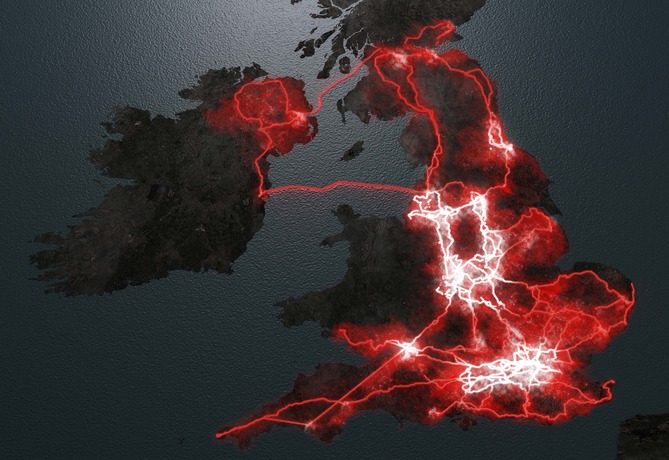Orkney Fibre Link Built On 1940s U-Boat Defences

Digital Scotland’s high-speed broadband links to the Orkney Islands are making use of the famous Churchill Barriers
A government-funded project aimed at providing the Orkney Islands with high-speed broadband links is making use of a series of causeways built during the Second World War to defend the Scapa Flow from German submarines, according to project organisers.
The Churchill Barriers were constructed in order to protect the Scapa Flow from U-boats following the sinking of Royal Navy battleship HMS Royal Oak in October, 1939.
Sea barrier
 The U-47 entered the Flow through Kirk Sound between Lamb Holm and the Orkney Mainland, sank the battleship while it was at anchor and then was able to escape again by the same route, in spite of the fact that the sound was already secured by sunken ships, booms and anti-submarine nets.
The U-47 entered the Flow through Kirk Sound between Lamb Holm and the Orkney Mainland, sank the battleship while it was at anchor and then was able to escape again by the same route, in spite of the fact that the sound was already secured by sunken ships, booms and anti-submarine nets.
In response, Winston Churchill ordered the construction of the permanent barriers, which now form a series of four causeways, a total of 1.5 miles in length, linking the mainland to the island of South Ronaldsay via Burray, Lamb Holm and Glimps Holm. The barriers, which now carry the the A961 road, were completed four days after VE Day in May 1945.
The causeways are now being used by the $146m Digital Scotland Superfast Broadband programme to carry fibre-optic broadband cables, and so far have linked 4,700 homes and businesses in the islands, according to Highlands and Islands Enterprise (HIE), which leads the project.
Areas currently linked include Burray, Kirkwall, Stromness, Finstown and Harray, with another 500 premises expected to be linked by Christmas, including in St Mary’s and St Margaret’s Hope.
Government backing
The project is backed by the Scottish and UK governments, HIE and BT, with works being carried out by BT Openreach engineers.
“The Churchill Barriers, built to protect the fleet at Scapa Flow, have allowed us to run the main network cable from Kirkwall to Holm, to Burray and on to St Margaret’s Hope,” said HIE director of digital Stuart Robertson in a statement.
He said about 28 kilometres of subsea cabling was laid across the Bay of Tuquoy to link Westray.
“It’s brilliant to be using a unique engineering feat from the 40s to deliver the latest 21st century technology to some of Scotland’s most remote communities,” stated BT programme manager Robert Thurburn.
UK fibre rollout
He said more than half of the currently planned works in Orkney are complete, with the main fibre spine almost all in place and work continuing on the local cabinets that link services to premises.
Digital Scotland said in April it was set to add link another 145,000 premises as part of its second phase. The partnership compromises two separate projects – one covering the Highlands and Islands and the other covering the rest of Scotland.
Since the project started last year, 275,000 properties have been connected, with more than 3,400 kilometres of fibre laid. When combined with commercial rollouts, more than 1.5 million and homes and businesses have access to superfast broadband in the country.
Across the UK as a whole, more than two million premises have been connected to fibre through government broadband projects.
Do you know all about public sector IT – the triumph and the tragedy? Take our quiz!